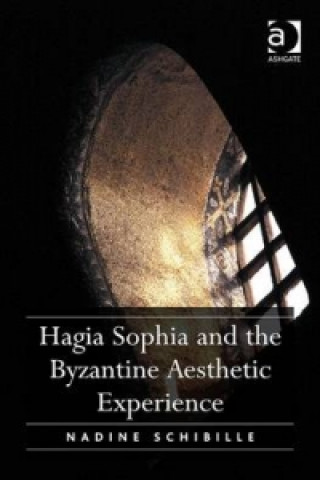
Code: 04805147
Hagia Sophia and the Byzantine Aesthetic Experience
by Nadine Schibille
Paramount in the shaping of early Byzantine identity was the construction of the church of Hagia Sophia in Constantinople (532-537 CE). This book examines the edifice from the perspective of aesthetics to define the concept of bea ... more
- Language:
 English
English - Binding: Hardback
- Number of pages: 320
Publisher: Taylor & Francis Ltd, 2014
- More about this

You might also like
-
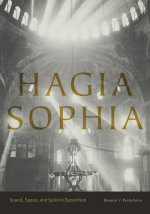
Hagia Sophia
103.06 € -

The Hagia Sophia: The History of the Famous Church and Mosque
14.20 € -
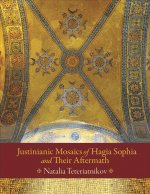
Justinianic Mosaics of Hagia Sophia and Their Aftermath
109.86 € -

Secret of Hagia Sophia
27.17 € -4 % -

Hamish McHaggis
10.39 € -

This Is Service Design Thinking
40.77 € -5 % -

Origins and Evolution of the European Union
62.80 €
Give this book as a present today
- Order book and choose Gift Order.
- We will send you book gift voucher at once. You can give it out to anyone.
- Book will be send to donee, nothing more to care about.
More about Hagia Sophia and the Byzantine Aesthetic Experience
You get 442 loyalty points
 Book synopsis
Book synopsis
Paramount in the shaping of early Byzantine identity was the construction of the church of Hagia Sophia in Constantinople (532-537 CE). This book examines the edifice from the perspective of aesthetics to define the concept of beauty and the meaning of art in early Byzantium. Byzantine aesthetic thought is re-evaluated against late antique Neoplatonism and the writings of Pseudo-Dionysius that offer fundamental paradigms for the late antique attitude towards art and beauty. These metaphysical concepts of aesthetics are ultimately grounded in experiences of sensation and perception, and reflect the ways in which the world and reality were perceived and grasped, signifying the cultural identity of early Byzantium.There are different types of aesthetic data, those present in the aesthetic object and those found in aesthetic responses to the object. This study looks at the aesthetic data embodied in the sixth-century architectural structure and interior decoration of Hagia Sophia as well as in literary responses (ekphrasis) to the building. The purpose of the Byzantine ekphrasis was to convey by verbal means the same effects that the artefact itself would have caused. A literary analysis of these rhetorical descriptions recaptures the Byzantine perception and expectations, and at the same time reveals the cognitive processes triggered by the Great Church. The central aesthetic feature that emerges from sixth-century ekphraseis of Hagia Sophia is that of light. Light is described as the decisive element in the experience of the sacred space and light is simultaneously associated with the notion of wisdom. It is argued that the concepts of light and wisdom are interwoven programmatic elements that underlie the unique architecture and non-figurative decoration of Hagia Sophia. A similar concern for the phenomenon of light and its epistemological dimension is reflected in other contemporary monuments, testifying to the pervasiveness of these aesthetic values in early Byzantium.
 Book details
Book details
Book category Books in English Humanities History History: earliest times to present day
179.67 €
- Full title: Hagia Sophia and the Byzantine Aesthetic Experience
- Author: Nadine Schibille
- Language:
 English
English - Binding: Hardback
- Number of pages: 320
- EAN: 9781472437587
- ISBN: 1472437586
- ID: 04805147
- Publisher: Taylor & Francis Ltd
- Weight: 754 g
- Dimensions: 241 × 159 × 25 mm
- Date of publishing: 28. September 2014
Trending among others
-

Histories
5.34 € -29 % -

On Tyranny
10.29 € -24 % -

King Leopold's Ghost
13.27 € -17 % -

Who Paid The Piper?
14.51 € -23 % -
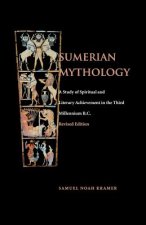
Sumerian Mythology
24.60 € -6 % -

Yoga Body
18.73 € -12 % -

Pakistan: A Hard Country
16.77 € -23 % -

Bayeux Tapestry
26.14 € -

Complete Royal Families of Ancient Egypt
23.67 € -

FN FAL Battle Rifle
17.80 € -23 % -

Cataphracts: Knights of the Ancient Eastern Empires
22.13 € -23 % -

Slobodan Milosevic and the Destruction of Yugoslavia
37.06 € -9 % -

From Third World to First
14.51 € -23 % -

Rise and Fall of Ancient Egypt
18.83 € -23 % -
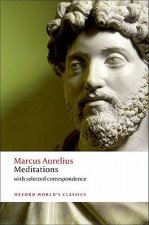
Meditations
9.26 € -19 % -
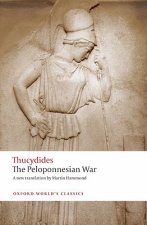
Peloponnesian War
13.38 € -23 % -

Chernobyl Prayer
10.60 € -22 % -
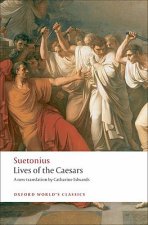
Lives of the Caesars
12.45 € -19 % -

Making Medieval Manuscripts
18.42 € -15 % -

Oxford History of Poland-Lithuania
72.28 € -

Guns, Germs, and Steel
16.77 € -

The Origins of Totalitarianism
10.39 € -23 % -

Illustrated Encyclopedia of Uniforms of World War I
22.13 € -23 % -

Postwar
16.57 € -24 % -

Tuesdays With Morrie
10.29 € -24 % -

Chickenhawk
12.35 € -23 % -

Underground
11.01 € -24 % -

Swerve
11.21 € -11 % -

Distant Mirror
14.51 € -23 % -

Complete Roman Army
22.13 € -23 % -

Age Of Capital
16.67 € -23 % -

Creation of Patriarchy
27.69 € -

Age Of Extremes
17.19 € -23 % -

John Skylitzes: A Synopsis of Byzantine History, 811-1057
38.29 € -17 % -

America's Secret Establishment
17.29 € -19 % -

Key of Solomon the King (Clavicula Salomonis)
11.83 € -

Travels of Ibn Battutah
12.35 € -23 % -
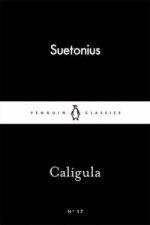
Caligula
3.59 € -24 % -

1913
12.35 € -23 % -

Armies of the Late Roman Empire AD 284 to 476
34.90 € -4 % -

Aquariums of Pyongyang
12.35 € -23 % -

Truman
21.20 € -23 % -

Anunnaki Homeworld
17.29 € -19 % -

Medusa
21.30 € -13 % -

History of the Ancient World
33.15 € -9 % -

Thank You for Being Late
12.86 € -24 % -

Infidel
11.11 € -18 % -

Your Money or Your Life - Economy & Religion in The Middle Ages
21.51 € -3 % -

24 Hours in Ancient Athens
10.18 € -22 %
Collection points Bratislava a 2642 dalších
Copyright ©2008-24 najlacnejsie-knihy.sk All rights reservedPrivacyCookies



 15549 collection points
15549 collection points Delivery 2.99 €
Delivery 2.99 € 02/210 210 99 (8-15.30h)
02/210 210 99 (8-15.30h)